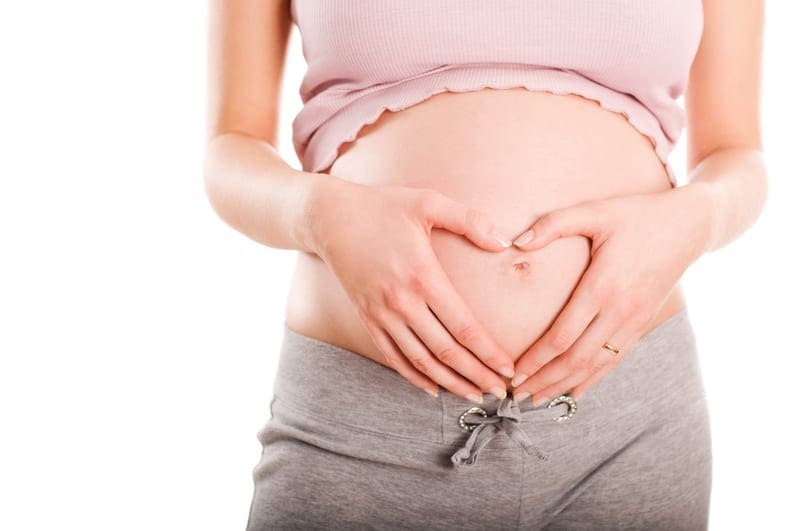It’s common for people to want to influence their baby’s sex or gender after they become pregnant. But, unfortunately, this isn’t possible. I’ll explain why in the following article.
A look at when your baby’s gender or sex is determined:
It’s important to remember that once you become pregnant, the baby’s gender is no longer up to you. The baby’s sex is determined by the chromosomes present in the fertilized egg. If the egg contains an XY chromosome, the baby will develop into a male. If the egg contains an XX chromosome, the baby will develop into a female. There is no way to change or influence this outcome.
There is confusion about the determination of a baby’s gender because early in the pregnancy, boy and girl babies look virtually the same. Some people think that all babies start out as girls but then eventually, if the baby grows boy parts, then it becomes male. They also think that if these boy parts don’t appear, then the fetus remains female. This isn’t entirely accurate. As I said, a baby’s gender is determined once the egg is fertilized. Just because it takes all the body parts a while to develop does not mean that the fetus changes gender.
During the first few weeks of a baby’s life, it can be difficult to determine their gender. However, there are still some subtle differences between boy and girl babies during this time. For example, girl babies tend to have slightly higher levels of the hormone estrogen, which can cause their genitalia to develop slightly differently than boys. Additionally, boys typically have higher levels of testosterone, which can cause them to develop slightly more muscular bodies.
When can you find out your baby’s gender? Most people can find out by week 16-18 using an ultrasound. The sex organs are formed by week 12 at the earliest, and by week 14 at the latest, but they aren’t yet recognizable. In some cases, amniocentesis will be necessary. This procedure can tell the baby’s gender as early as week 6, but it comes with small risks, so it’s not commonly done unless there is a reason.
I’ve heard that female fetuses have faster heart rates than males, but it’s not a reliable way to determine gender as heart rates fluctuate in pregnancy.
Sure, it’s fun to guess, but this method only provides you with guesses. If you’re really curious about the gender of your baby, you can always wait until you have your ultrasound.
Ultrasounds are the most accurate way to determine the gender of your baby. So, if you want to know for sure, be sure to ask your doctor for an ultrasound!
If you’re not yet pregnant, but hoping to be soon, you may be wondering how you can influence your baby’s sex or gender. While there’s no guaranteed way to do so, there are a number of things you can do to tilt the odds in your favor, including changing your diet, taking supplements, and timing intercourse.
Some believe eating potassium-rich foods like bananas increases the chances of having a girl, while consuming more salt is recommended for having a boy. Additionally, taking prenatal vitamins and ensuring you’re getting enough folic acid can create a healthier environment for your baby, no matter their sex.
Finally, when it comes to timing intercourse, some people advocate trying to conceive shortly after ovulation for a boy, as sperm carrying the Y chromosome are thought to swim faster and reach the egg first. Conversely, for a girl, some recommend having intercourse closer to ovulation, as slower-moving sperm carrying the X chromosome are thought to survive longer in the reproductive tract.
If you’re hoping to conceive a baby of a specific gender, there are things you can do to try to boost your chances. You’ll want to determine when you ovulate, so you can conceive at the right time depending on your desired gender outcome. (Couples wanting boys should conceive later than those wanting girls.) You should also look at your vaginal PH as well as the positions that you use to send the sperm to the egg. All of these things can help to determine whether you’ll ultimately become pregnant with a boy or a girl. That said, this window of opportunity is open before you have a successful conception. So if you’re hoping to conceive soon, keep these things in mind to up your chances of having a baby of your desired gender.











